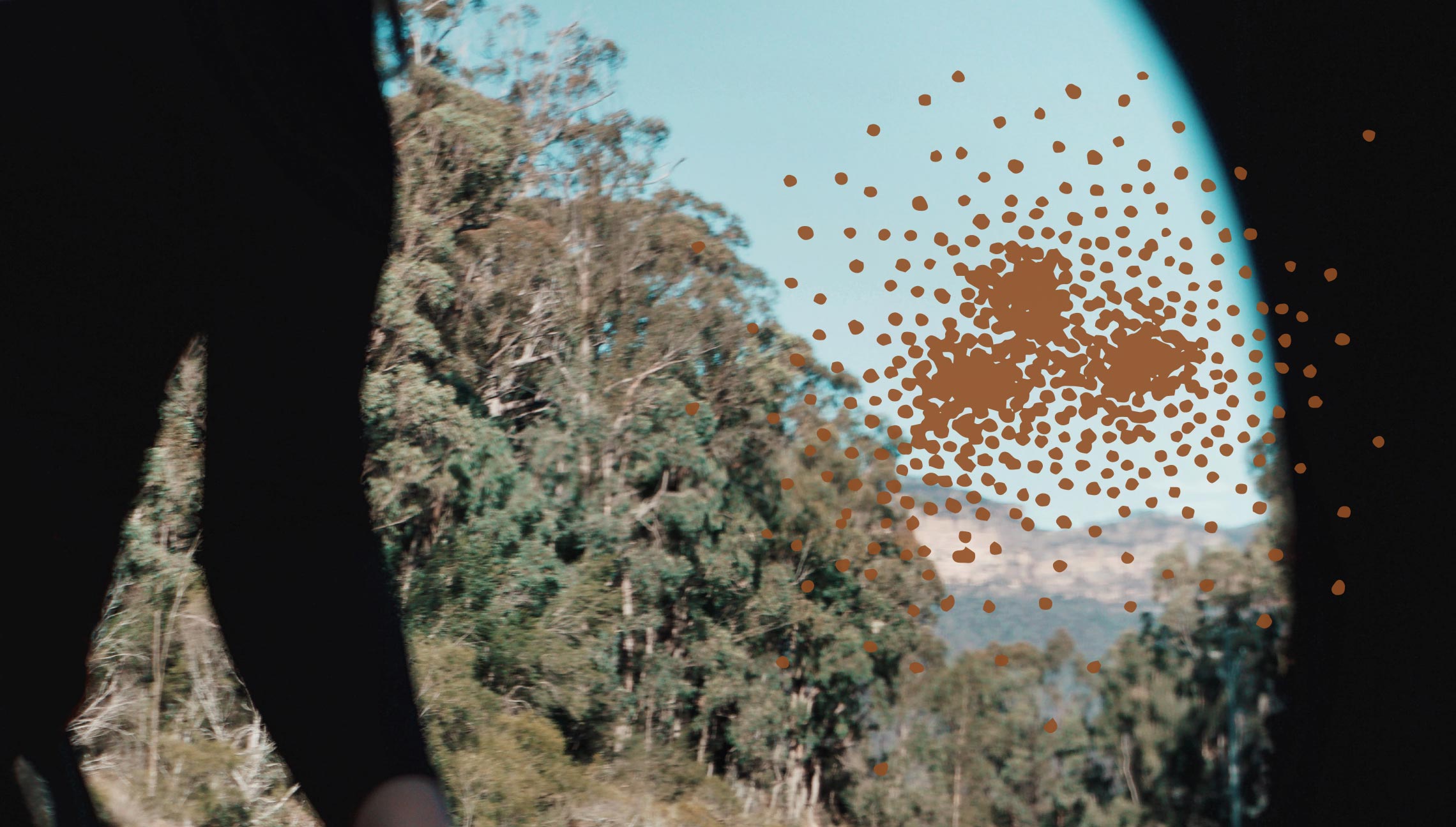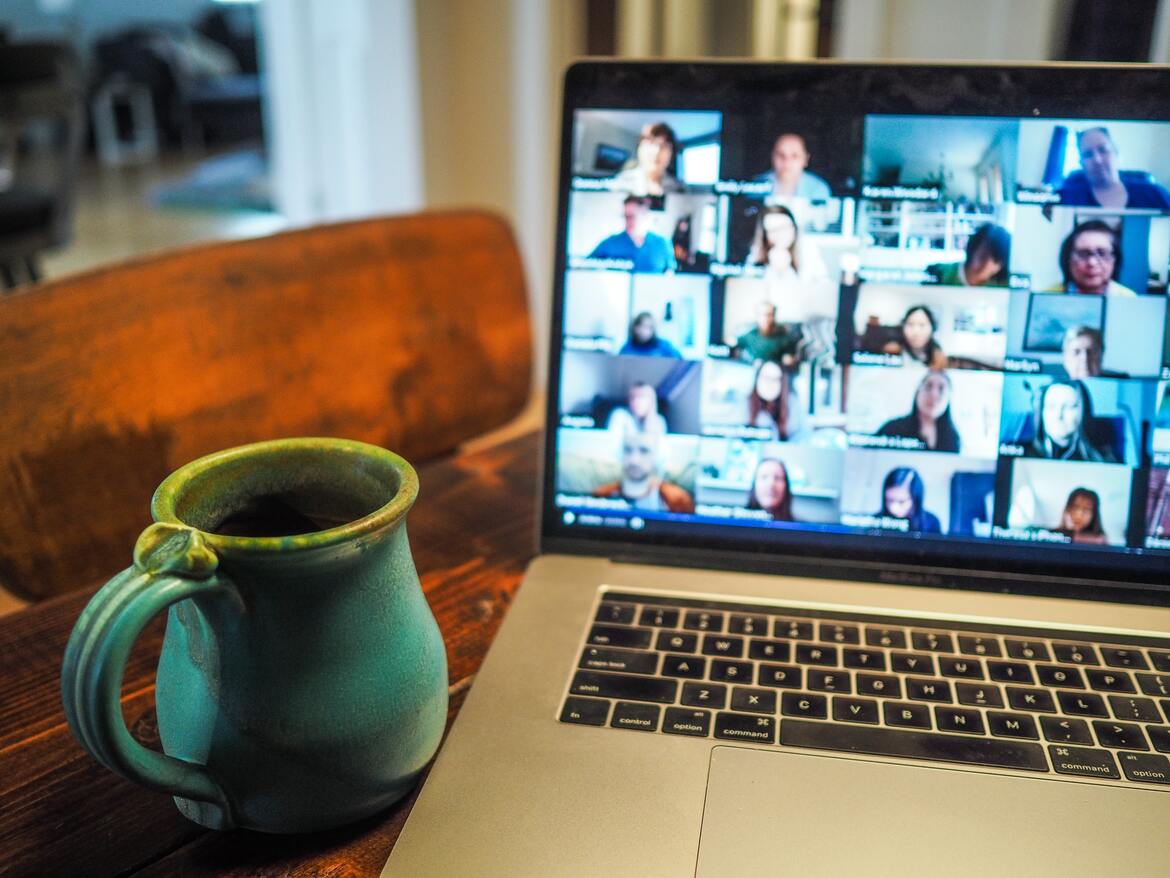Diversity is often touted as a great way to make sure the technology we make is safe and can be deployed responsibly. And there’s some truth to that: people who are shaped by very different experiences, values, cultures, and life paths will see things, well, differently. A group of people with diverse perspectives are likely to catch more potential problems – and also see more possibilities for improvement – than a group with very similar backgrounds and perspectives. This is one of the reasons cybernetics has always cut across disciplinary boundaries. Cybernetic systems are interrelated webs of technological, human and environmental components. Influencing such systems ultimately requires a transdisciplinary view – one that considers and potentially adopts many perspectives, values, and ways of knowing on the journey towards impact.
The problem with this? Diversity can make it difficult for people to work together, even when everyone’s goals are aligned.
This is one of the challenges we faced in designing the program for the Social Responsibility of Algorithms workshop (SRA22), which we held from 13 to 17 June 2022. The workshop, which received the support of the Erasmus+ Programme of the European Union, was designed to bring people from a diverse range of perspectives together to influence the design of technology and technology policy. But thanks to Covid-19, what was meant to be a small, in-person workshop where people shared expertise and explored case studies together face-to-face had to become a virtual experience spanning many time zones, interests and ways of communicating.
Did we succeed? In some ways, yes. In others, I’d say we learned some lessons that we’ll take forward for next time. In this post, we’ll share our insights with you, because, let’s face it – even if some people are saying the pandemic’s over, climate change and the nature of covid-19 mean virtual or even hybrid workshops are sometimes going to be a preferable option.
Here are our top five tips for hosting a successful virtual workshop:
-
Create opportunities for true connection and collaboration. We created workshop activities where participants dug into real-world examples of technological systems in small breakout groups. These provided opportunities for participants to work together, to get to know each other more, and to identify shared interests and opportunities for connection. For us, this worked better than unstructured networking, because the multidisciplinary nature of our event meant many people were meeting for the first time.
-
Keep the digital tools you use as simple as possible. We didn’t quite do this for SRA22 – but I highly recommend it. There’s a learning curve with every workshopping tool and online platform, and participants may already be experiencing information overload. Always ask yourself whether you really need to introduce a new tool or platform to achieve your workshop goal.
-
Plan for virtual activities to take twice as long as the same in-person activity. When you combine the learning curve with workshopping tools, internet outages, and the extra time it takes for people to get comfortable working together online, you end up needing more time to work together. We like to plan for a factor of two longer for online activities.
-
Help your participants manage Zoom fatigue. You need more time for virtual activities, and you also need to keep in mind that these activities require more energy than their in-person counterparts. Make sure there are plenty of (screen-off) breaks, and break up the sessions into smaller time chunks to help participants rest and recharge.
-
Hope for the best, plan for the worst. So many things can go wrong with a digital event. Can you distribute virtual hosts geographically to minimize the impact of internet and power outages? Can you choose platforms and plan activities so they’re still accessible even if participants have poor internet, only have access to one small laptop or tablet screen, or need to call in? Will anyone need to use a screen reader or live captioning and how will you support that during the event? Do you have people on hand that can help people with audio or video problems? Have you tested ALL your platform settings and do you understand what they mean? Do you know what to do if unwanted visitors decide to join your event? Have you thought about the security implications of distributing links to your online platform via a registration platform? Have you considered how your participants might join your event and have you planned for all possibilities there? We went through all of these questions, made plans, tested internet connections, distributed hosts across multiple states in Australia, and had detailed runsheets that allowed everyone involved in organising our event to run things with little or no notice. Yes, it was more work – but that is true of any well-run virtual event. All of the preparation we did made for a much smoother event (and much less worry for me on the day).
I’m planning on implementing many of these tips in our next Algorithmic Futures Policy Lab workshop, Human-Machine Collaboration in a changing world 2022 (HMC22), which is going to be hybrid, based in Paris, and once again interdisciplinary. Curious to find out more? Keep an eye out for updates on our website or follow us on Twitter.
Also, for more on some of the challenges and creative opportunities the virtual workshop format posed for Social Responsibility of Algorithms 2022, listen to the latest episode of The Algorithmic Futures Podcast.
Disclaimer: The content in this post and any material herein reflects only the author’s view. The Education, Audiovisual and Culture Executive Agency and the European Commission are not responsible for any use that may be made of the information it contains.
HMC22 was a collaboration between ANU Centre for European Studies, ANU School of Cybernetics, ANU Fenner School of Environment and Society, University of Canberra, DIMACS at Rutgers University, CNRS LAMSADE, and EnsadLab, laboratory of the École nationale supérieure des Arts Décoratifs – PSL University. It was organised by Katherine Daniell (ANU), Joseph Guillaume (ANU), Damith Herath (University of Canberra), Fred Roberts (DIMACS), Alexis Tsoukiás (LAMSADE), Elizabeth Williams (ANU), Xuanying Zhu (ANU), Kathy Reid (ANU), Lorenn Ruster (ANU), Myrna Kennedy (ANU), Samuel Bianchini (EnsadLab), Sarra Tajouri (CNRS LAMSADE and Université Paris Dauphine-PSL) and Nicolas Fayard (CNRS LAMSADE and Université Paris Dauphine-PSL).
The Algorithmic Futures Policy Lab is made possible with the support of the Erasmus+ Programme of the European Union. The content in this post and any material herein reflects only the author’s view. The Education, Audiovisual and Culture Executive Agency and the European Commission are not responsible for any use that may be made of the information it contains.


